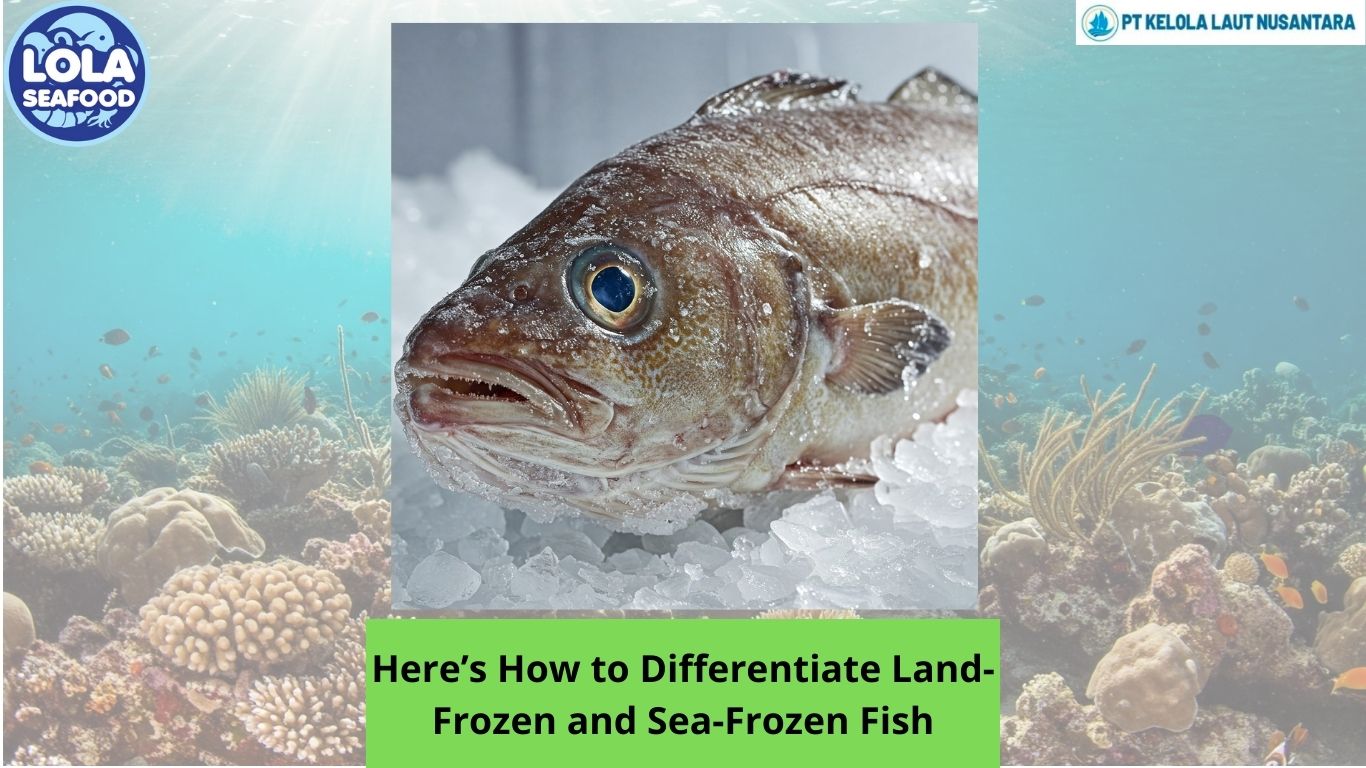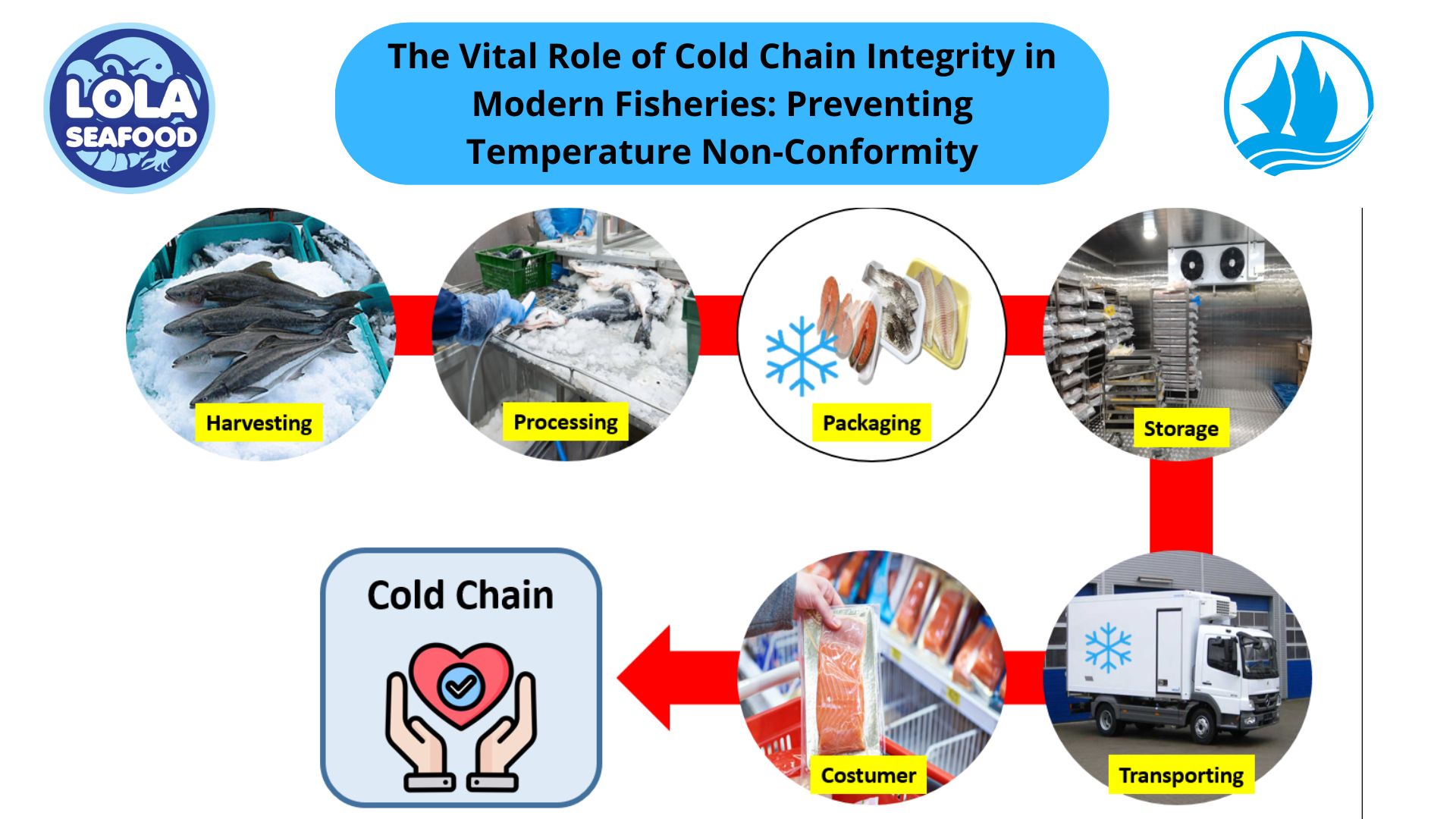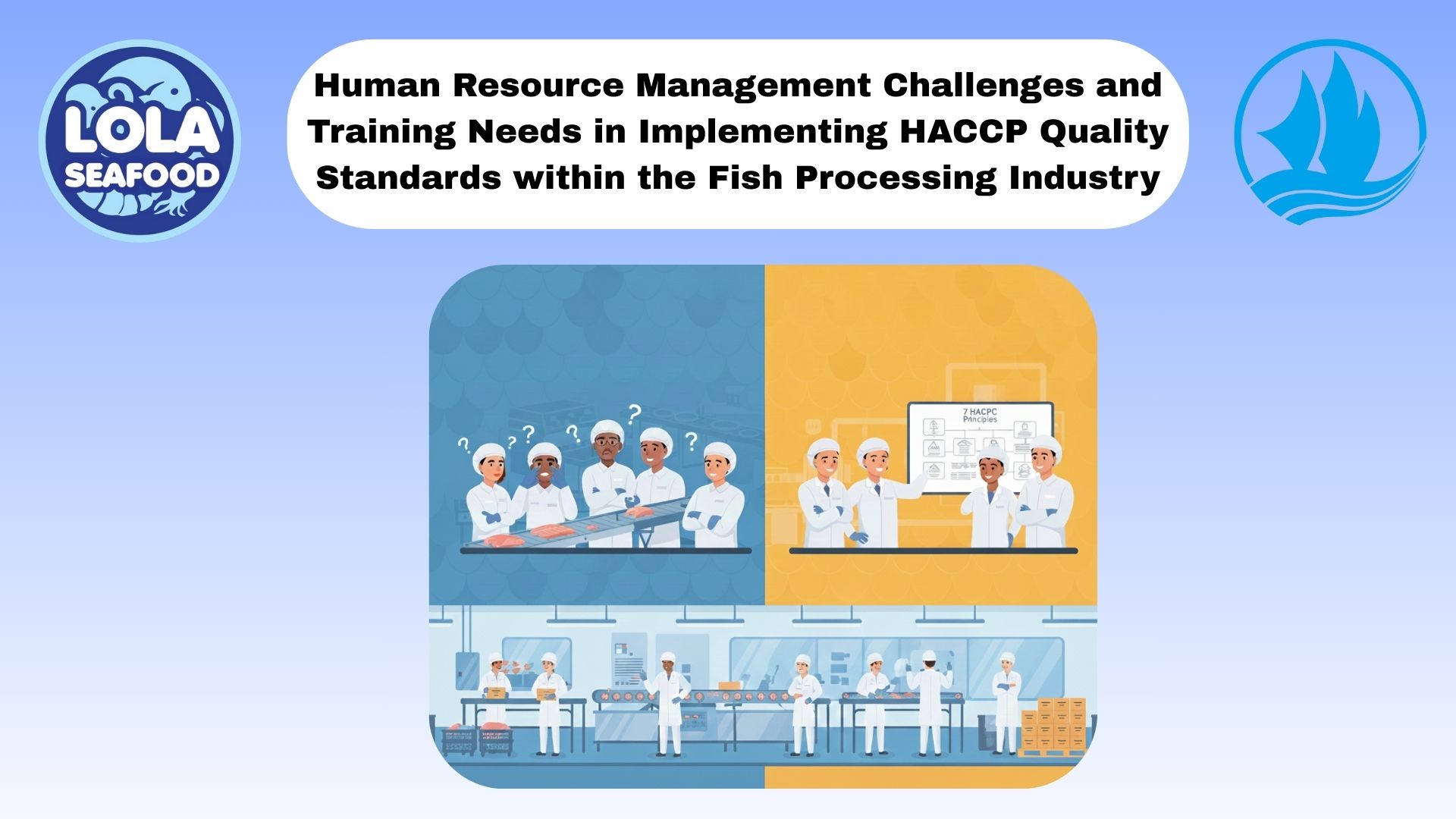Here’s How to Differentiate Land-Frozen and Sea-Frozen Fish
By. Lutfi - 16 Apr 2025
Kelolalaut.com When shopping for frozen fish, the label might not always tell you the full story. One of the most important distinctions in seafood quality lies in how and when the fish was frozen. Specifically, knowing whether a fish is land-frozen or sea-frozen can make a big difference in taste, texture, and freshness. Here's what these terms mean and how you can tell them apart.
Understanding the Basics
- Sea-Frozen Fish is processed and frozen immediately onboard fishing vessels, often within hours of being caught. Modern fishing boats are equipped with freezing systems that can quickly blast-freeze fish at temperatures as low as -40°C. This rapid freezing process locks in freshness and prevents spoilage from setting in.
- Land-Frozen Fish, on the other hand, is first transported to shore — sometimes taking several hours or even days — before being processed and frozen. During this time, the fish is typically stored on ice, but some quality loss can occur due to bacterial activity or physical handling.
1. Check the Texture
Texture is one of the clearest ways to tell the difference between sea-frozen and land-frozen fish. Sea-frozen fish usually has a firmer, smoother texture when thawed because it was frozen in peak condition. In contrast, land-frozen fish can sometimes feel slightly mushy or less structured, particularly if it wasn't chilled properly before freezing or experienced delays in processing.
2. Examine the Colour and Appearance
Sea-frozen fish often retains a brighter, more vibrant colour, especially in the skin and flesh. Because freezing occurs soon after the catch, discoloration or dullness caused by oxidation or bacterial activity is minimized. Land-frozen fish may have slight yellowing or dull spots, particularly around the edges or under the skin, if there was a delay before freezing.
Also, check for ice crystals. Large ice crystals in the packaging or embedded in the flesh can be a sign of slow freezing — more common with land-frozen fish — which can damage cell structure and lead to loss of moisture during thawing.
3. Smell and Taste
When thawed, sea-frozen fish tends to have a clean, ocean-like scent, similar to a fresh catch. Land-frozen fish, especially if not handled properly, might have a slightly fishier smell, a sign that natural enzymes and bacteria were active before freezing. The difference may be subtle, but it’s noticeable to experienced cooks and seafood lovers.
In terms of taste, sea-frozen fish usually offers a fresher, sweeter flavour profile. Land-frozen fish might taste slightly duller or more processed, depending on how long it sat before being frozen.
4. Packaging and Label Clues
Sometimes the label will specify "frozen at sea" or "FAO" (frozen aboard vessel), which indicates sea-frozen fish. Look for dates as well: a long time between the catch date and the freezing date is often a giveaway that the fish was land-frozen.
Choosing between sea-frozen and land-frozen fish can significantly impact the quality of your meal. While both types can be safe and delicious when handled properly, sea-frozen fish generally offers superior freshness, texture, and taste. By paying attention to texture, colour, smell, and labelling, you can make smarter choices and enjoy better seafood at home or in your business.
If youre interested in our Spanish Mackerel Cutlet / Kingfish Steak and Indian Mackerel Whole Round please do not hesitate to contact us through email and/or whatsapp
.jpg)
The Impact of HACCP-Based Integrated Quality Management Programs on the Quality and Competitiveness of Fresh Demersal Fish Products
 and Employee Productivity on the Demersal Fish Processing Floor.jpg)

.jpg)




